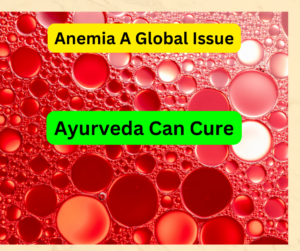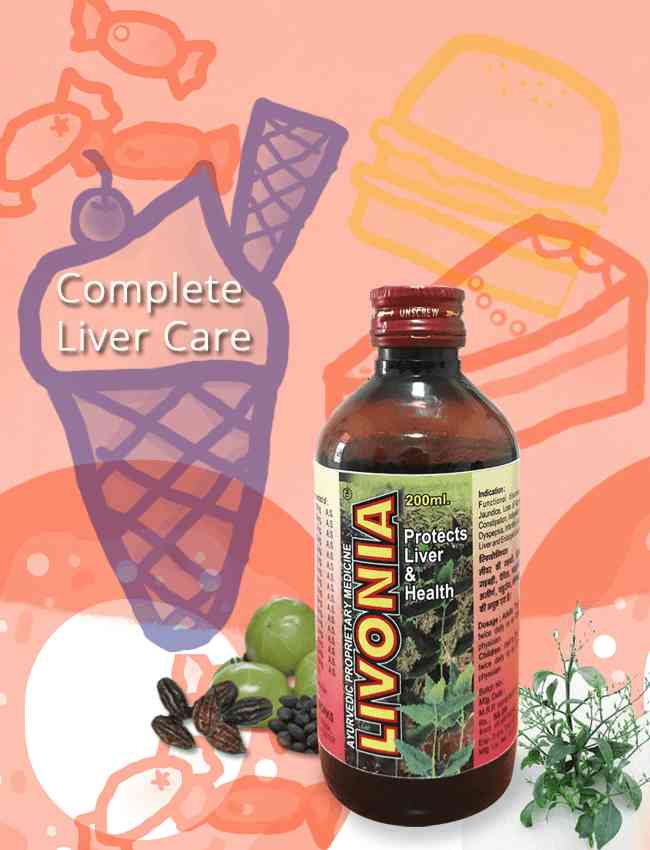
Anemia – A Global Health Crisis and its Remedy –Ayurvedic way
World Health Organisation (WHO) in its 2019 Report ,estimated that the prevalence of anemia among children aged 6 to 59 months was 39.8% and among pregnant women it was 36.5%.As per the Report, in India ,the existence of anemia in women of reproductive age was 53% , the fifth-highest globally, after Yemen, Mali, Benin, and Nigeria .
India’s latest NFHS-5(2019-2021) Survey Report has flagged a worrying trend: that the percentage of anaemic individual rose in India in the last five years. particularly among children and women.
The findings reveal that our country has made no progress on anaemia in comparison to NFHS-4.(2014-2015) and over half of the Indian women in the age group of 15-49 years are anemic.
Iron Deficiency Anemia (IDA)
There are many variants of Anaemia, the most common one being Iron Deficiency Anemia (IDA). As per the World Health Organization’s (WHO’s) report, there are about two billion anemia cases globally, of which half of them are IDA(. WHO, UNICEF, UNU. Iron Deficiency Anaemia: Assessment, Prevention and Control: A Guide for Programme Managers,2001)
Anemia existed in Ayurveda
In ancient Ayurveda, the disease Pandu roga can be compared with that of IDA, especially owing to the clinical manifestation of Panduta or pallor in the whole body owing to reduced blood corpuscle or vitiation of blood.
With this background, an effort was made by PubMed Central (PMC) which is developed and managed by National Center for Biotechnology Information (NCBI), a leading full-text archive of biomedical and life sciences journal literature at the U.S. National Institutes of Health’s National Library of Medicine (NIH/NLM) .
They arranged a systematic review of various types of Ayurvedic formulations that have proved efficient in the management of IDA. For this purpose, articles were obtained from PubMed and through hand search process. 37 articles were identified and 10 articles were finally selected for the review.
The review revealed Hemoglobin regeneration with the help of the such ayurvedic formulations could be as high as- 0.16 g/dl/day and statistically, most of the formulations are found to be highly effective against Iron Deficiency Anemia, both in subjective and hematological parameters
(Source :Ayurvedic preparations for the management of Iron Deficiency Anemia: A systematic review
Janmejaya Samal, 2016 https://www.ncbi.nlm.nih.gov/pmc/articles/PMC5822980/)
Kulerron- Anemia Reducing Ayurvedic Tonic by House of Branolia
This Ayurvedic medicinal anemia reducing tonic was researched and developed by Branolia Chemical Works, a century old Herbal Pharmaceutical Company from Bengal, by exploiting a medicinal herb Kulekhara as a scientifically proven tool to reduce and fight Iron Deficiency Anemia by increasing haemoglobin in blood. It is an ancient medicinal plant ,that had been referred as Kokilaksha in Ayurveda. The Scientific name of Kulekhara is Hygrophila spinose, popularly known as swamp seed.
Kulekhara is the primary ingredient of Kulerron, with few more health reviving Ayurvedic Herbs like Ashwagandha , and Nagkesar amongst others which help to reduce anemia significantly and boosts immunity. A rodent research showed that red blood cell level and hemglobin count were increased considerably with Kulerron’s regular application.
Kulerron is considered to be one of the best cost effective anemia reducing ,hemoglobin enhancer ayurvedic tonic and is being consumed by people of all ages suffering from the disease over past many years and has no adverse side effects.
[supsystic-social-sharing id="1"]
